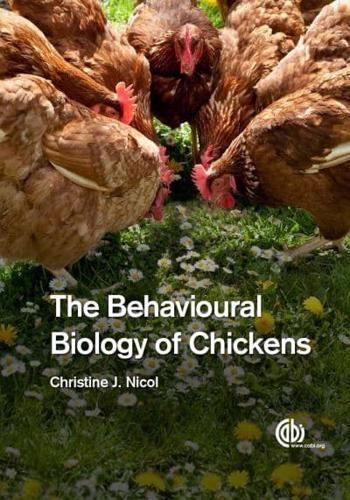Chapter 1: The Evolution and Domestication of Chickens
* Discusses the evolutionary origins of chickens and their domestication by humans.
* Example: The genetic analysis of Red Junglefowl, the wild ancestor of chickens, reveals that they diverged around 10,000 years ago.
Chapter 2: The Senses of Chickens
* Examines the sensory modalities of chickens, including vision, hearing, smell, taste, and touch.
* Example: Chickens have excellent color vision, enabling them to differentiate between different shades of food and mates.
Chapter 3: The Cognitive Abilities of Chickens
* Explores the cognitive capabilities of chickens, such as learning, problem-solving, and social intelligence.
* Example: Chickens can recognize and distinguish between different human faces and voices.
Chapter 4: The Feeding Behavior of Chickens
* Describes the foraging and feeding behaviors of chickens, including their preferences for different types of food and their ability to learn optimal foraging strategies.
* Example: Chickens exhibit a preference for balanced diets containing a variety of grains, insects, and leafy greens.
Chapter 5: The Reproductive Behavior of Chickens
* Discusses the mating and reproductive behaviors of chickens, including courtship rituals, egg-laying, and parental care.
* Example: Roosters engage in elaborate courtship displays, such as strutting, bowing, and feather flicking, to attract hens.
Chapter 6: The Social Behavior of Chickens
* Examines the social interactions and hierarchical structures within chicken flocks.
* Example: Chickens form dominance hierarchies based on aggressive interactions and establish pecking orders that determine their access to resources.
Chapter 7: The Welfare of Chickens
* Explores the concept of animal welfare and discusses the factors that contribute to the well-being of chickens in both commercial and backyard settings.
* Example: Providing adequate space, proper nutrition, and opportunities for socialization can enhance the welfare of chickens.
Chapter 8: The Future of Chicken Welfare
* Discusses emerging trends and research directions in the field of chicken welfare.
* Example: The use of precision farming technologies and artificial intelligence is improving the monitoring and management of chicken health and well-being.







